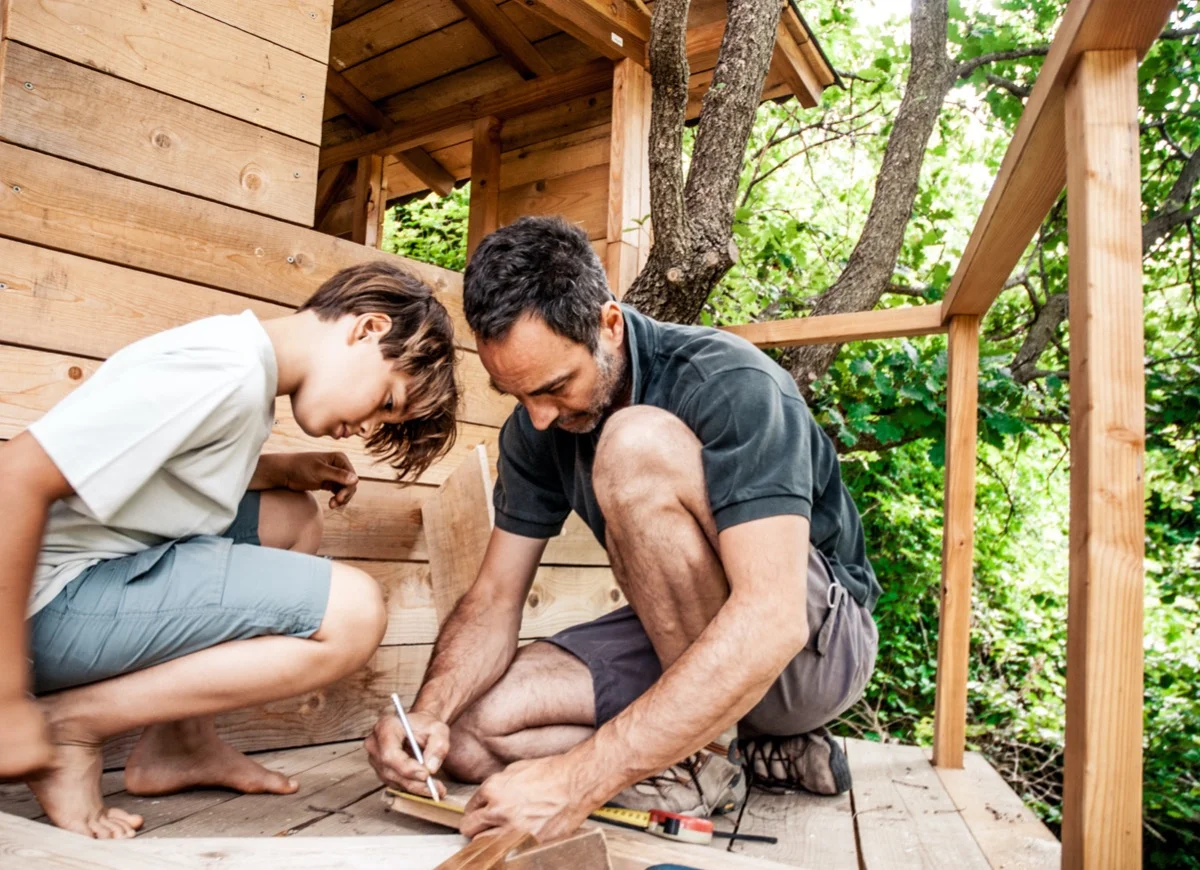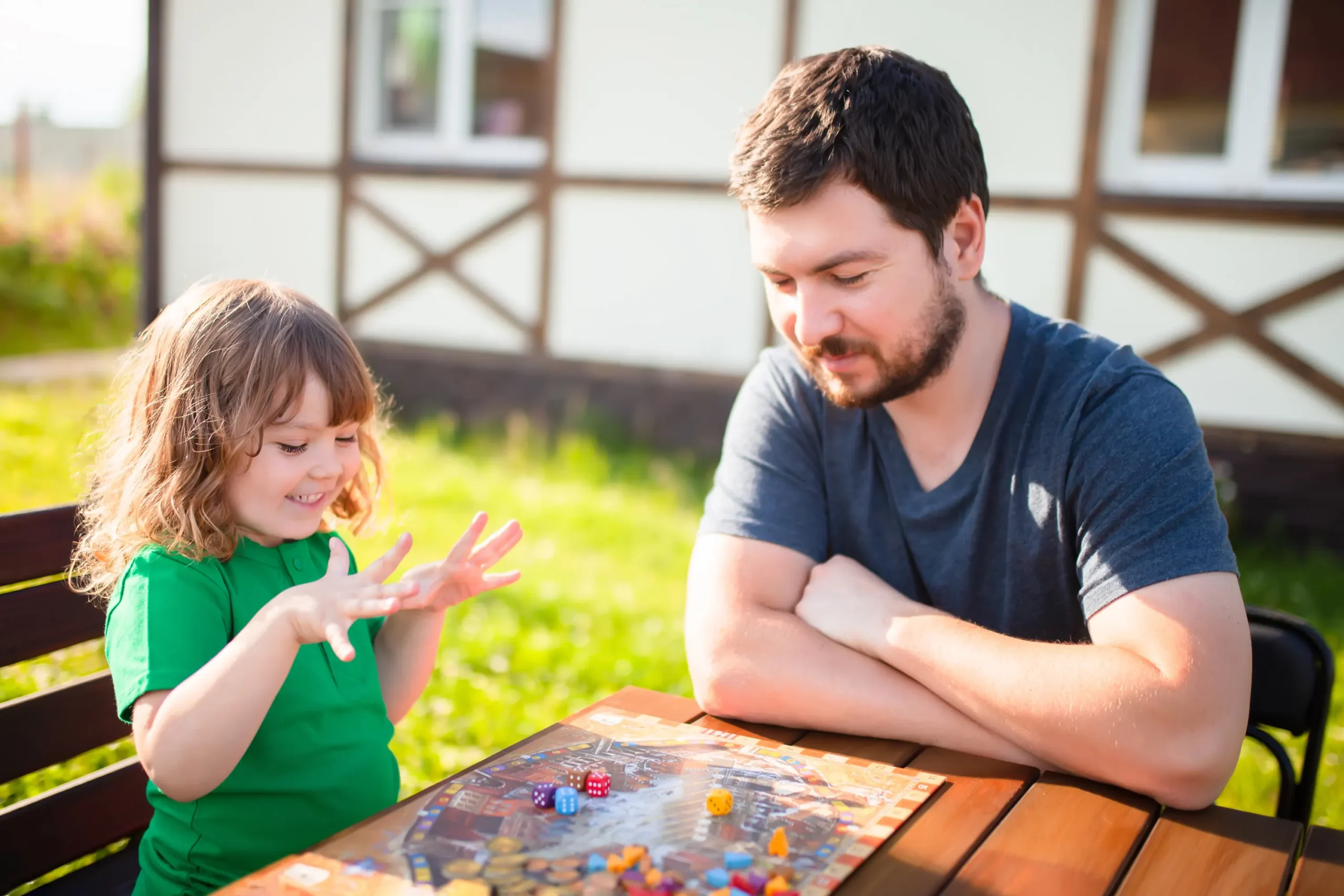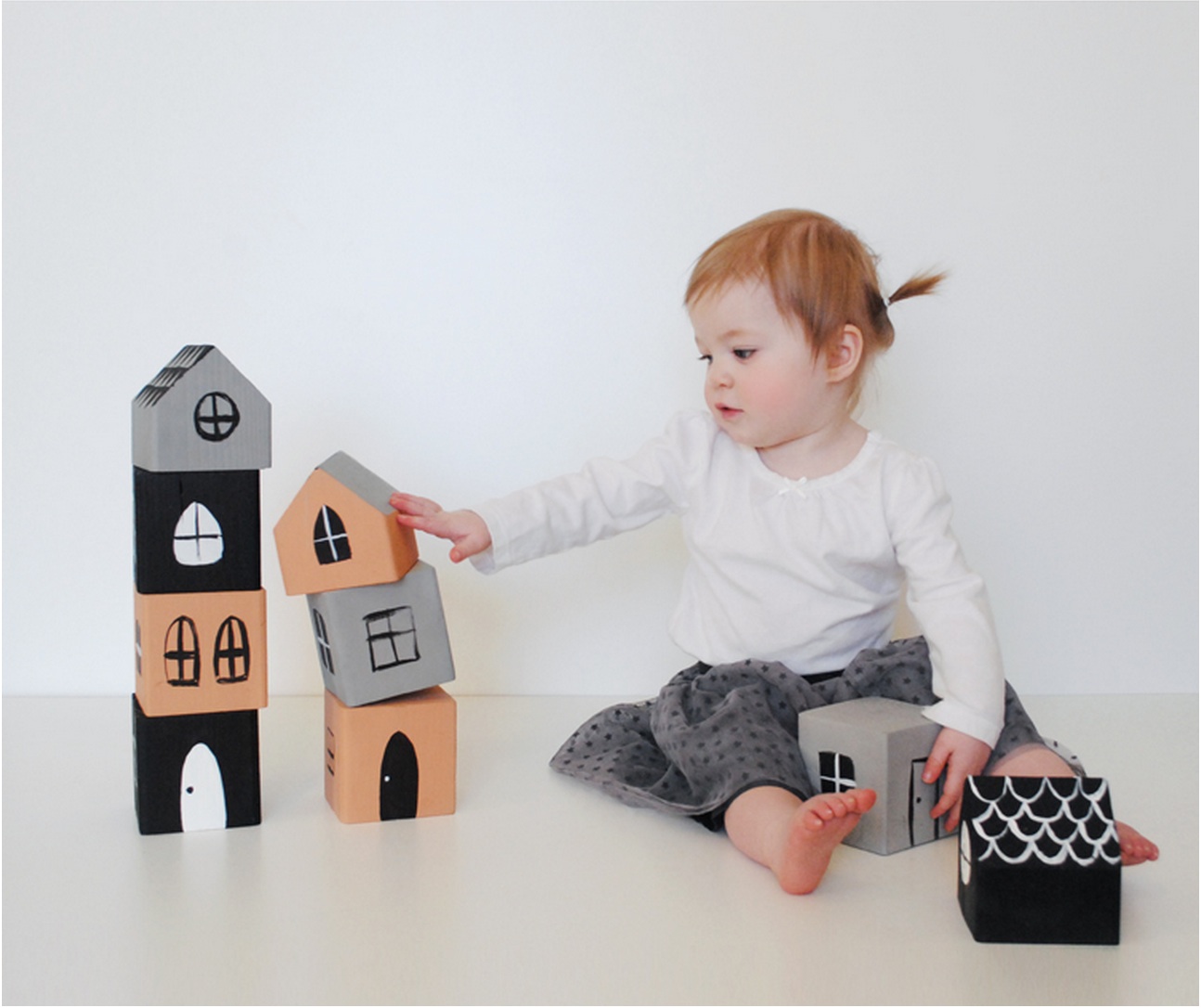
DIY Dad: Building a Treehouse or Backyard Fort
Choosing the Right Location
Considering Tree Health
When selecting a tree for your treehouse, the health of the tree is paramount. A healthy tree ensures a stable and long-lasting structure. Begin by inspecting potential trees for signs of disease or decay. Look for robust branches, a sturdy trunk, and a well-established root system.
- Check for clear signs of vitality such as new growth, leaf density, and absence of dead branches.
- Avoid trees with visible damage or rot, as these can compromise the safety and longevity of your treehouse.
- Consult with an arborist if you’re unsure about the health of a tree. They can provide a professional assessment and advice on whether a tree is suitable for building.
Accessibility and Safety
Ensuring easy access to your treehouse or backyard fort is crucial for both enjoyment and emergency situations. Carefully plan a safe path to the structure, which may include sturdy ladders, steps, or even a rope bridge for the adventurous.
Consider the following:
- The age and ability of the children who will be using the play structure.
- The need for handrails or barriers to prevent falls.
- The proximity to the house for supervision and quick access in case of an emergency.
Additionally, it’s important to think about how the structure will be used throughout the year. For instance, non-slip surfaces can provide extra safety during wet or icy conditions. Regular maintenance checks are also essential to ensure that all access points remain safe and functional over time.
Privacy and Noise Level
When planning your treehouse or backyard fort, consider the impact of privacy and noise. A well-placed structure can serve as a private retreat for your family while minimizing disturbances to neighbors.
- Privacy: Choose a location that is not directly in the line of sight from your neighbor’s windows or main living areas. Utilize natural elements like trees and bushes to enhance seclusion.
- Noise Level: Be mindful of the proximity to your home and neighbors. Placing the structure too close to other homes can lead to noise complaints, especially if children are playing. Conversely, too far away might make it difficult to supervise.
Striking the right balance is key to creating a harmonious backyard environment. Always check local regulations regarding structures and noise levels to ensure compliance and avoid future issues.
Designing the Structure
Functional Layout
When designing the layout for your treehouse or backyard fort, functionality should be your top priority. A well-thought-out layout ensures that the space is used efficiently and can accommodate the activities you envision for the structure.
Consider the following aspects to achieve a functional layout:
- Size and Shape: Determine the size and shape based on the available space and tree structure. Ensure there’s enough room for movement and any furniture or accessories you plan to include.
- Zoning: Divide the space into zones for different activities, such as a play area, a relaxation nook, or a storage section. This helps in organizing the space and enhances usability.
- Accessibility: Plan for easy access with ladders or stairs, and if necessary, include safety features like railings or barriers.
Remember, the layout should not only be practical but also adaptable to the changing needs of your family. With a flexible design, the treehouse or backyard fort can evolve over time, providing lasting enjoyment for everyone.
Creative Features
Incorporating creative features into your treehouse or backyard fort can turn a simple structure into a magical escape for children. Think outside the box and consider elements that will stimulate play and imagination.
Here are a few ideas to get you started:
- A rope bridge connecting to another platform or tree
- A slide for a quick and fun exit
- Secret compartments or hidden nooks for treasure hunts
- A swing or climbing wall for added adventure
Remember, the key is to tailor these features to the interests and ages of the kids who will be using the space. Safety should always be a priority, so ensure that all creative features are well-constructed and securely installed. Engage your children in the design process; their ideas might surprise you and lead to an even more unique and cherished play area.
Materials and Durability
Selecting the right materials is crucial for ensuring the longevity and safety of your treehouse or backyard fort. Durability should be your top priority, as the structure will be exposed to various weather conditions. Opt for pressure-treated lumber, which is resistant to rot and insects, and consider using stainless steel or galvanized fasteners to prevent rust.
When choosing materials, also think about the maintenance they will require over time. Cedar and redwood are excellent choices for their natural resistance to decay and minimal upkeep. For the roof, consider using asphalt shingles or a metal sheeting for maximum protection.
- Pressure-treated lumber for the frame
- Stainless steel or galvanized fasteners
- Cedar or redwood for low maintenance
- Asphalt shingles or metal sheeting for the roof
Remember, investing in quality materials upfront can save you time and money in repairs down the line. It’s also important to check local building codes, as they may influence the types of materials you’re allowed to use.
Gathering Tools and Materials
Essential Tools
Before you can transform your backyard into a child’s paradise, you’ll need to arm yourself with the right tools. Having the essential tools at hand will make the construction process smoother and more enjoyable.
- Tape measure: Precision is key, and a reliable tape measure is indispensable.
- Hammer: For all your nailing needs, a sturdy hammer is a must.
- Saw: Whether it’s a hand saw or a power saw, you’ll need something to cut wood to the right dimensions.
- Level: To ensure your structure is perfectly horizontal and stable.
- Drill: A power drill will save time and effort when creating holes for screws.
- Screwdriver set: For manual screwing tasks or places where a power drill can’t reach.
- Ladder: Safety first—use a ladder to work on higher sections of the treehouse or fort.
Remember, the quality of your tools can greatly affect the outcome of your project. Invest in tools that will last and make the building process as efficient as possible.
Quality Materials
Selecting the right materials is crucial for ensuring the longevity and safety of your treehouse or backyard fort. High-quality materials can withstand the elements and provide a sturdy structure for years to come.
Consider the following when choosing your materials:
- Wood: Opt for pressure-treated lumber or naturally rot-resistant woods like cedar or redwood. These types of wood are durable and can handle the outdoor environment.
- Fasteners: Use galvanized or stainless steel nails and screws to prevent rusting and weakening of joints over time.
- Roofing: Choose a roofing material that is both waterproof and durable, such as asphalt shingles or a metal roof.
Remember, investing in quality materials may have a higher upfront cost, but it will save you money and time on maintenance and repairs in the long run. It’s also important to consider the environmental impact of your materials; whenever possible, choose sustainably sourced options to minimize your ecological footprint.
Safety Gear
Ensuring the safety of everyone involved in the construction of your treehouse or backyard fort is paramount. Proper safety gear is a must-have to prevent injuries and create a secure working environment.
Here’s a list of essential safety items you should have on hand:
- Sturdy gloves to protect your hands from splinters and cuts.
- Safety goggles to shield your eyes from flying debris.
- Hard hats, especially when working under the tree or structure to guard against falling objects.
- Ear protection if you’re going to be using loud power tools.
- A first aid kit for immediate response to any minor injuries.
Remember to wear appropriate clothing and footwear to avoid trips and falls. It’s also wise to have a mobile phone within reach to call for help in case of an emergency. Safety should never be an afterthought, so take the time to educate yourself and your helpers on proper tool handling and construction safety protocols before beginning your project.
Construction Process
Building the Foundation
The foundation is the most critical part of your treehouse or backyard fort, as it ensures the stability and longevity of the structure. Proper foundation construction is essential to prevent any future shifting or damage.
Start by assessing the ground where the fort will be built or the tree’s base for a treehouse. For a treehouse, the foundation will often involve heavy-duty bolts and braces that support the weight while minimizing harm to the tree. For a ground fort, you may need to level the area and lay down a sturdy base of concrete footers or treated wooden posts.
Here are the basic steps to consider:
- Clear and level the building area.
- Choose the right type of foundation for your structure.
- Install the foundation securely, ensuring it can support the weight and withstand the elements.
- Check for stability before proceeding to the next phase of construction.
Assembling the Frame
Once the foundation is securely in place, it’s time to start assembling the frame of your treehouse or backyard fort. This step is crucial as it will define the strength and shape of the entire structure.
- Begin by erecting the vertical supports, ensuring they are perfectly plumb and securely attached.
- Next, attach the horizontal beams to form the floor frame. Use a level to check that everything is even.
- For a treehouse, carefully attach the frame to the tree using the appropriate treehouse fasteners that allow for tree growth.
Remember to frequently check that all connections are tight and that the structure remains stable throughout the building process. As you work, consider the overall design and make any necessary adjustments to accommodate creative features or functional elements.
Adding Finishing Touches
Once the main structure of your treehouse or backyard fort is in place, it’s time to add those personal touches that make the space truly yours. Attention to detail can transform a good build into a great one.
Consider the following to ensure your project is complete:
- Paint or stain the wood to protect it from the elements and to add a splash of color.
- Install any additional features like swings, slides, or climbing walls for extra fun.
- Add comfortable seating or built-in furniture for relaxation and play.
- Ensure all the fasteners and hardware are tightened and that safety features, such as railings and grips, are secure.
Remember, the finishing touches are not just about aesthetics; they’re also about making the space safe and functional for everyone to enjoy. Take the time to review every aspect of the construction, and don’t hesitate to add enhancements that will bring joy to the users for years to come.
In conclusion, building a treehouse or backyard fort can be a rewarding DIY project for dads looking to create lasting memories with their children. From planning and designing to construction and finishing touches, the process allows for creativity, bonding, and a sense of accomplishment. Whether it’s a simple treehouse or an elaborate fort, the time spent building together can strengthen family relationships and provide a fun and unique space for play and imagination. So, grab your tools, gather your materials, and embark on this exciting adventure of building a treehouse or backyard fort with your kids!




